Home>Gardening & Outdoor>Landscaping Ideas>How To Cover Backyard Grass
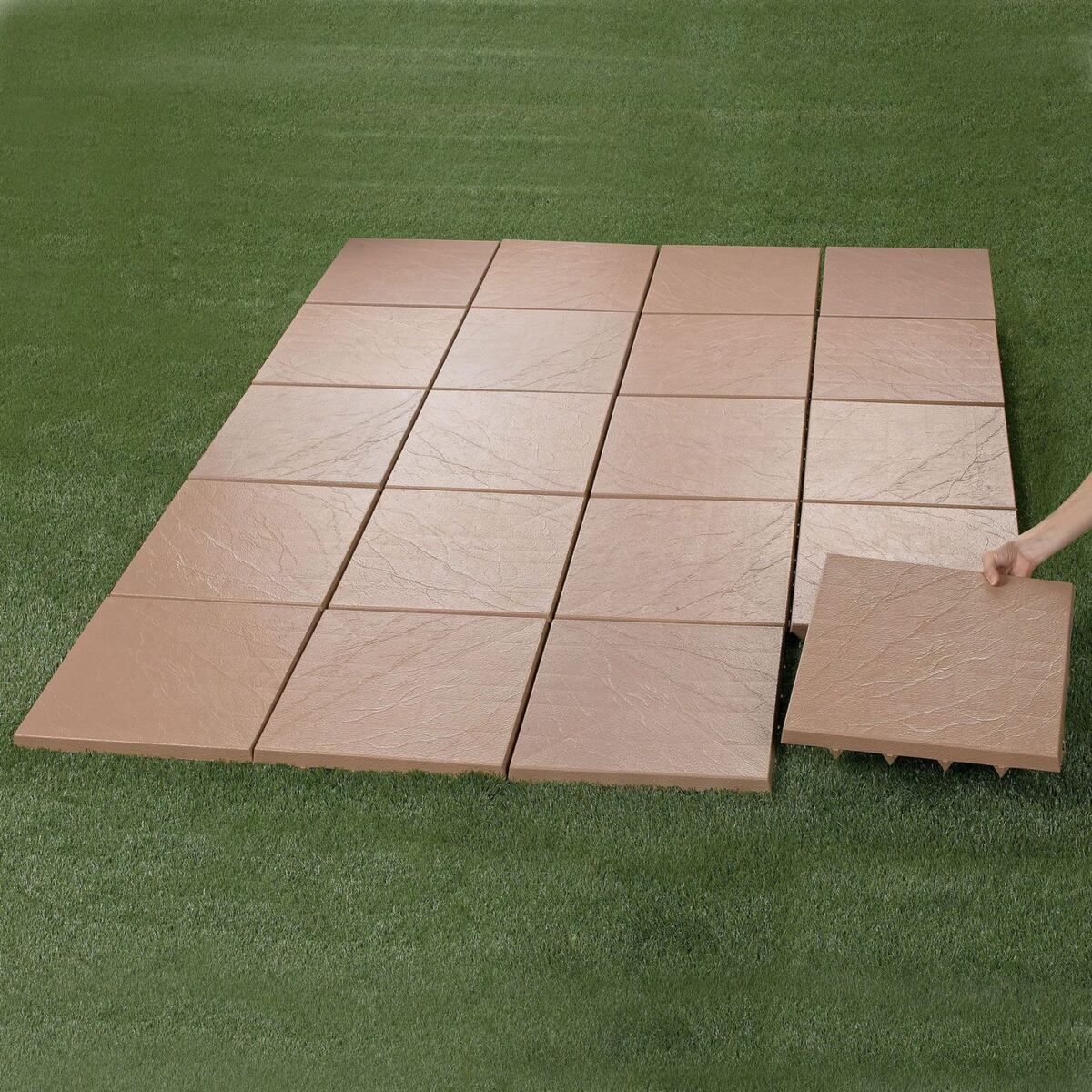

Landscaping Ideas
How To Cover Backyard Grass
Published: January 25, 2024
Discover effective landscaping ideas on how to cover backyard grass and transform your outdoor space. Explore creative solutions for a lush and inviting yard.
(Many of the links in this article redirect to a specific reviewed product. Your purchase of these products through affiliate links helps to generate commission for Storables.com, at no extra cost. Learn more)
Introduction
Are you looking to transform your backyard into a lush, green oasis? Covering your backyard grass with new seed can breathe fresh life into your outdoor space, creating a welcoming environment for relaxation and recreation. Whether you're seeking to repair patchy areas or completely revamp the existing grass, this comprehensive guide will walk you through the process, from preparation to maintenance. By following these steps, you can achieve a vibrant and resilient lawn that enhances the beauty and functionality of your backyard.
Embarking on a backyard grass covering project can be an exciting endeavor, offering the opportunity to customize your outdoor space to suit your preferences. From selecting the right grass seed to nurturing the newly planted areas, each step plays a crucial role in the success of your landscaping efforts. With the right approach and a touch of patience, you can create a backyard retreat that you and your loved ones can enjoy for years to come.
In the following sections, we will delve into the essential steps for covering backyard grass effectively. From preparing the area for seeding to choosing the right grass variety and ensuring proper maintenance, this guide will equip you with the knowledge and insights needed to achieve a thriving lawn. So, roll up your sleeves and get ready to embark on a rewarding journey toward a greener, more inviting backyard space.
Key Takeaways:
- Transform your backyard into a lush oasis by covering the grass with new seed. Prepare the area, choose the right grass seed, and provide ongoing care for a vibrant and resilient lawn.
- Select the ideal grass seed based on climate, soil type, and lawn usage. Plant the seed with care, maintain moisture, and nurture the emerging grass for a verdant and inviting backyard.
Step 1: Preparing the Area
Before diving into the process of covering your backyard grass with new seed, it’s crucial to prepare the area to ensure optimal conditions for successful growth. Here are the key steps to take when preparing your backyard for the grass covering project:
- Clearing the Area: Begin by clearing the targeted area of any debris, rocks, or existing vegetation. Use a rake or specialized equipment to remove any obstacles that may hinder the growth of the new grass seed.
- Soil Testing: Conduct a soil test to assess the pH levels and nutrient composition of the soil. This step is essential for determining the necessary amendments to optimize the soil for grass growth. You can obtain a soil testing kit from your local garden center or seek professional assistance to analyze the soil’s properties.
- Aerating the Soil: Aerating the soil promotes better air and water circulation, which is vital for healthy grass growth. Utilize a core aerator to perforate the soil, allowing nutrients and water to penetrate deep into the ground.
- Adding Soil Amendments: Based on the results of the soil test, add the appropriate soil amendments, such as lime or organic matter, to balance the pH levels and enhance the soil’s fertility. This step can significantly improve the conditions for successful grass establishment.
- Leveling the Ground: Ensure that the ground is leveled and free of any uneven areas or depressions. Use a lawn roller or leveling rake to create a smooth and uniform surface, providing an ideal foundation for the new grass seed.
By meticulously preparing the area before planting the new grass seed, you can set the stage for robust and enduring grass growth. This proactive approach lays the groundwork for a thriving lawn, maximizing the chances of successful establishment and long-term resilience.
Step 2: Choosing the Right Grass Seed
When it comes to covering your backyard grass with new seed, selecting the right grass variety is a pivotal decision that can significantly impact the outcome of your landscaping project. Factors such as climate, soil type, and intended use of the lawn should all be taken into consideration when choosing the most suitable grass seed. Here’s a guide to help you navigate the process of selecting the ideal grass seed for your backyard:
- Assessing Climate and Sunlight: Consider the climate of your region and the amount of sunlight that the area receives. Different grass species thrive in varying climates and light conditions, so it’s essential to choose a seed variety that is well-suited to your specific environment.
- Identifying Soil Type: Take into account the composition of your soil, whether it’s sandy, loamy, or clay-based. Certain grass species adapt better to specific soil types, so understanding your soil’s properties will guide you in selecting a seed variety that can flourish in the given soil conditions.
- Considering Lawn Usage: Evaluate the intended use of your lawn, whether it’s primarily for aesthetic purposes, recreational activities, or heavy foot traffic. Different grass varieties offer varying levels of durability and resilience, so choose a seed type that aligns with the expected usage of the lawn.
- Researching Grass Species: Familiarize yourself with the different grass species available, such as Kentucky bluegrass, fescue, ryegrass, and Bermuda grass. Each species possesses unique characteristics in terms of appearance, growth habits, and maintenance requirements. By researching and comparing these species, you can make an informed decision based on your preferences and the specific needs of your backyard.
- Seeking Professional Advice: If you’re uncertain about which grass seed variety is best suited for your backyard, consider consulting with a local landscaping professional or a knowledgeable staff member at a garden center. Their expertise can provide valuable insights and recommendations tailored to your specific lawn requirements.
By carefully assessing the environmental factors, soil conditions, and intended use of the lawn, you can make an informed choice when selecting the most suitable grass seed for your backyard. This thoughtful approach sets the stage for successful grass establishment and long-term satisfaction with the appearance and functionality of your outdoor space.
Consider using ground cover plants like clover or creeping thyme to cover backyard grass. These plants require less maintenance and can help prevent erosion.
Step 3: Planting the Seed
With the groundwork laid and the ideal grass seed selected, it’s time to proceed with the crucial step of planting the seed in your backyard. Proper planting techniques and timing play a vital role in ensuring the successful establishment of the new grass. Here’s a comprehensive guide to help you navigate the process of planting the seed and nurturing its growth:
- Choosing the Right Time: Selecting the optimal time for planting the grass seed is essential for favorable growing conditions. Depending on your region’s climate, aim to plant the seed during the appropriate season when the soil temperature and moisture levels are conducive to germination and early growth.
- Preparing the Seedbed: Rake the soil to create a smooth and level seedbed, removing any debris or clumps that may impede the seed’s contact with the soil. This step provides an ideal foundation for the seed to take root and establish healthy growth.
- Spreading the Seed: Use a broadcast spreader or a handheld spreader to evenly distribute the grass seed across the prepared seedbed. Be mindful of the recommended seeding rate for the specific grass variety you’ve chosen, ensuring uniform coverage for consistent germination and growth.
- Applying Starter Fertilizer: Consider applying a starter fertilizer designed for new seed establishment to provide essential nutrients that support early root development and overall vitality of the emerging grass seedlings.
- Protecting the Seed: To safeguard the newly planted seed from birds, wind, and excessive sunlight, lightly rake the seed into the soil at a shallow depth or cover it with a thin layer of mulch. This protective measure promotes seed-to-soil contact and shields the seed from external threats.
- Watering the Seedbed: After planting the seed, thoroughly water the seedbed to ensure adequate moisture for germination and initial growth. Maintain consistent moisture levels, avoiding both waterlogged and dry conditions, to support the emergence of healthy grass seedlings.
By following these planting guidelines and nurturing the newly planted grass seed with care, you can foster the conditions necessary for successful germination and robust growth. This pivotal step sets the stage for the transformation of your backyard into a verdant and inviting outdoor haven.
Step 4: Watering and Maintenance
Once the grass seed has been planted, the journey toward a lush and vibrant backyard continues with the essential steps of watering and ongoing maintenance. Proper watering and diligent care are instrumental in nurturing the newly established grass, enabling it to thrive and flourish. Here’s a comprehensive guide to help you navigate the crucial phase of watering and maintaining the newly seeded areas:
- Initial Watering: Following the seed planting, provide consistent and gentle watering to keep the seedbed moist. Avoid heavy watering that may dislodge the seeds or create waterlogged conditions. A light misting or gentle sprinkling is ideal for ensuring adequate moisture penetration without causing disturbance to the newly planted seeds.
- Maintaining Moisture: Monitor the moisture levels of the seedbed regularly, ensuring that it remains consistently moist but not saturated. Adequate moisture is vital for supporting the germination and early growth of the grass seedlings, contributing to their overall health and vitality.
- Establishing a Watering Schedule: As the grass seedlings begin to emerge, establish a watering schedule that aligns with the specific requirements of the chosen grass variety and the prevailing weather conditions. Aim for deep, infrequent watering sessions that encourage robust root development and drought resistance.
- Implementing Proper Mowing Practices: Once the new grass has reached a height suitable for mowing, adhere to proper mowing practices to promote healthy growth and density. Adjust the mower to a suitable cutting height for the chosen grass species, avoiding overly aggressive mowing that may stress the young grass.
- Applying Additional Fertilization: After the new grass has established itself, consider applying a balanced fertilizer to provide essential nutrients for sustained growth and resilience. Select a fertilizer formulation tailored to the specific needs of newly established lawns, promoting lush and vigorous grass development.
- Monitoring and Addressing Issues: Keep a close eye on the newly seeded areas, monitoring for signs of pests, diseases, or nutrient deficiencies. Promptly address any issues that may arise, implementing targeted solutions to safeguard the health and vigor of the emerging grass.
By diligently tending to the watering and maintenance needs of the newly seeded areas, you can foster the development of a thriving and resilient lawn that enhances the beauty and functionality of your backyard. This ongoing care and attention contribute to the long-term success of your grass covering project, ensuring a verdant and inviting outdoor space for relaxation and recreation.
Read more: How To Redo Grass In The Backyard
Conclusion
Covering your backyard grass with new seed is a rewarding endeavor that holds the promise of transforming your outdoor space into a lush and inviting haven. By following the essential steps outlined in this guide, you can embark on this landscaping journey with confidence, equipped with the knowledge and insights needed to achieve a thriving and resilient lawn. From meticulous preparation to ongoing maintenance, each phase plays a crucial role in the success of your grass covering project.
As you prepare the area, carefully select the right grass seed, and nurture the newly planted areas, envision the vibrant and verdant landscape that will emerge. Your efforts in preparing the soil, choosing the most suitable grass variety, and providing attentive care through watering and maintenance are investments in the beauty and functionality of your backyard.
Through proper planning and thoughtful execution, you have the opportunity to create a backyard retreat that complements your lifestyle and provides a welcoming environment for relaxation, recreation, and gatherings with loved ones. The lush expanse of greenery that results from your dedication and care will serve as a testament to your commitment to cultivating a vibrant outdoor space.
As the newly planted grass takes root and flourishes, envision the countless moments of enjoyment and tranquility that await in your revitalized backyard. Whether it’s the joy of watching the grass seedlings emerge, the satisfaction of witnessing the transformation of the landscape, or the simple pleasure of basking in the natural beauty of your outdoor sanctuary, your efforts in covering your backyard grass with new seed will yield enduring rewards.
So, embrace this journey with enthusiasm and patience, knowing that each step brings you closer to the realization of your vision for a verdant and inviting backyard. With the knowledge and insights gained from this guide, you are well-equipped to embark on this transformative endeavor and cultivate a thriving lawn that enriches your outdoor living experience.
Frequently Asked Questions about How To Cover Backyard Grass
Was this page helpful?
At Storables.com, we guarantee accurate and reliable information. Our content, validated by Expert Board Contributors, is crafted following stringent Editorial Policies. We're committed to providing you with well-researched, expert-backed insights for all your informational needs.
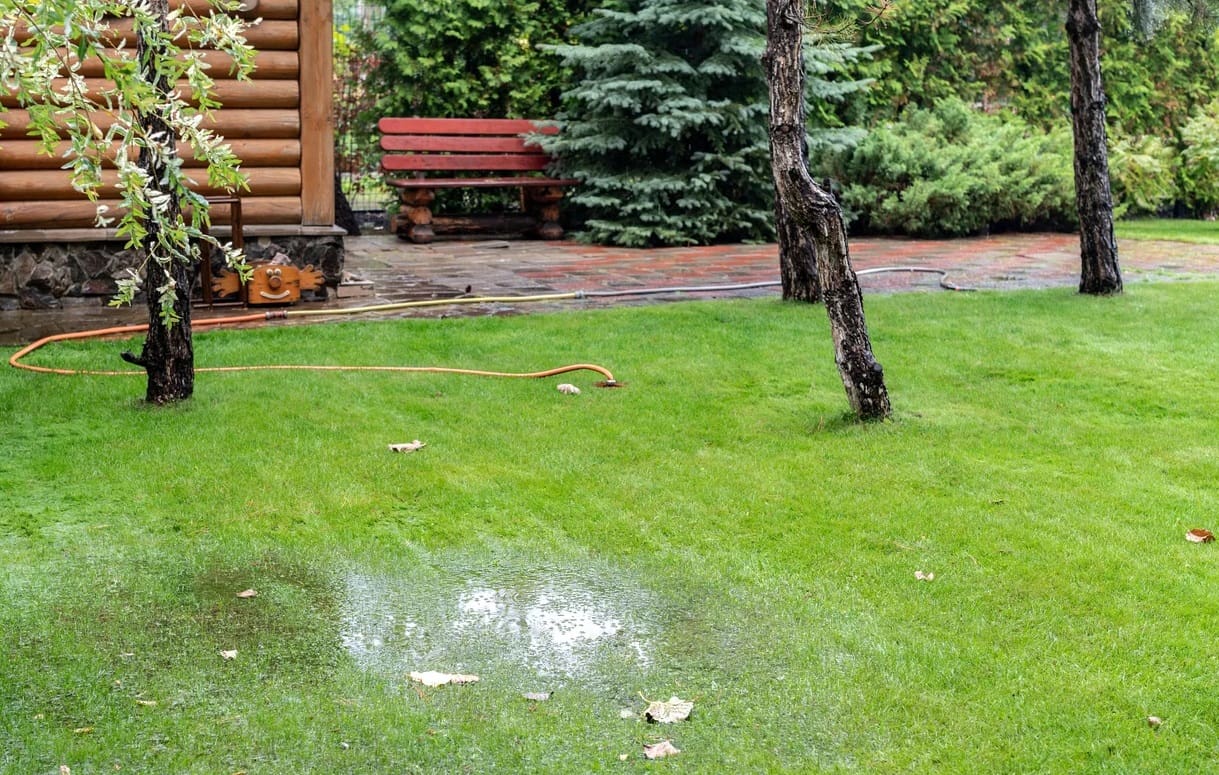
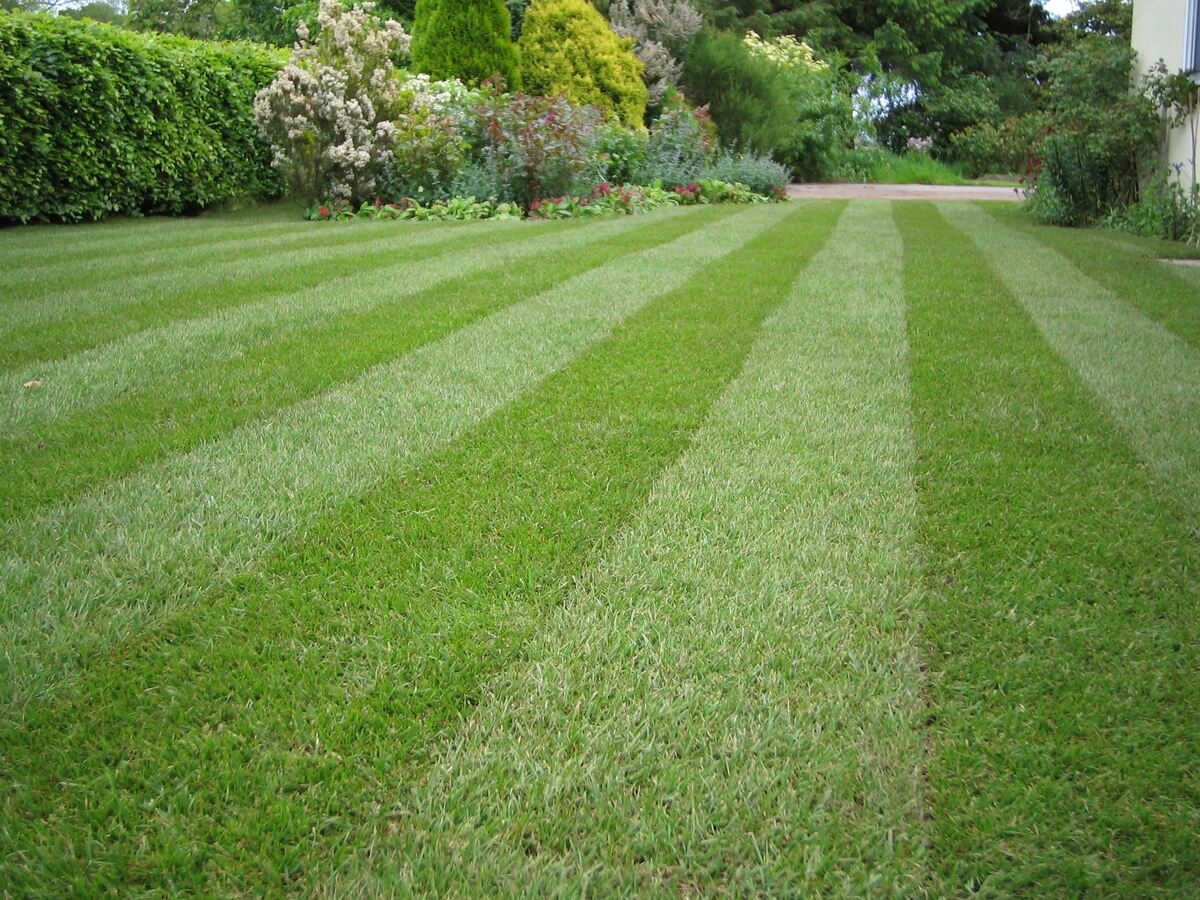
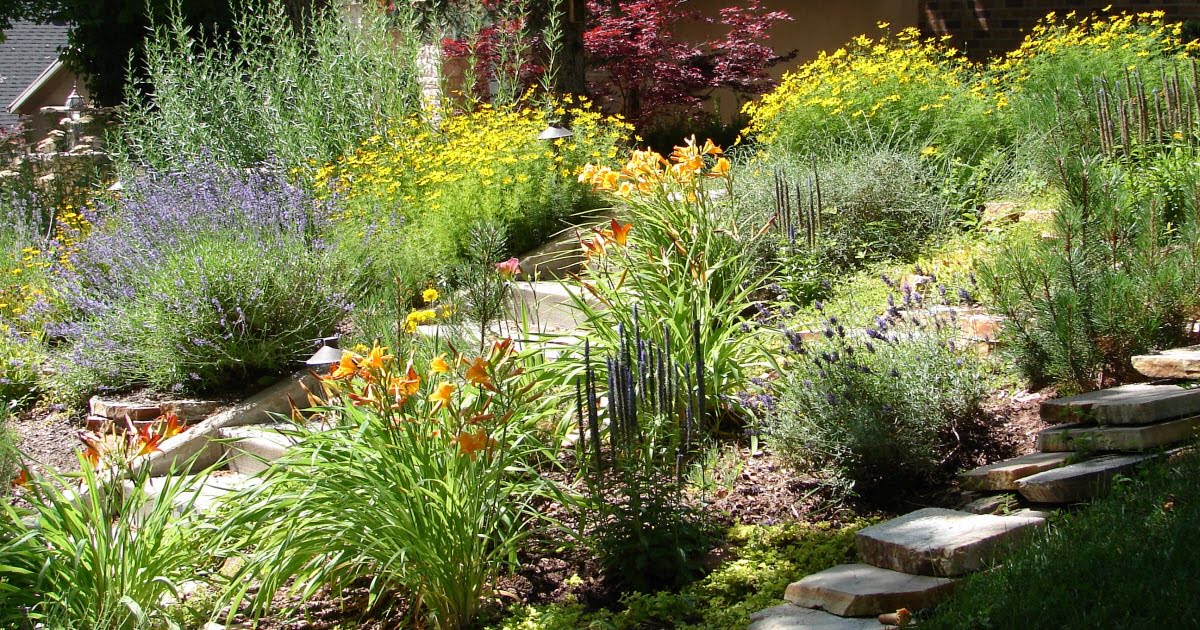


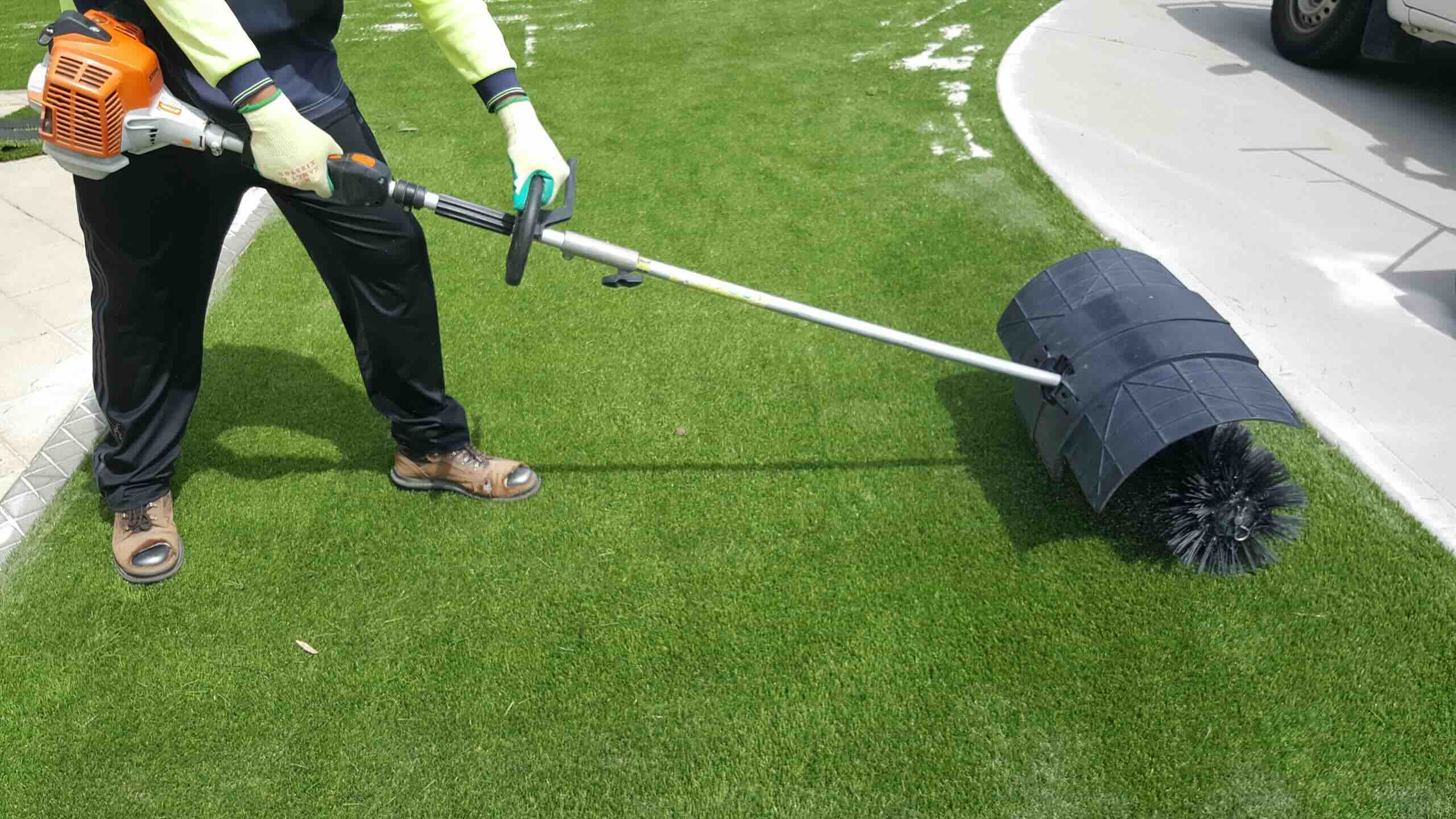

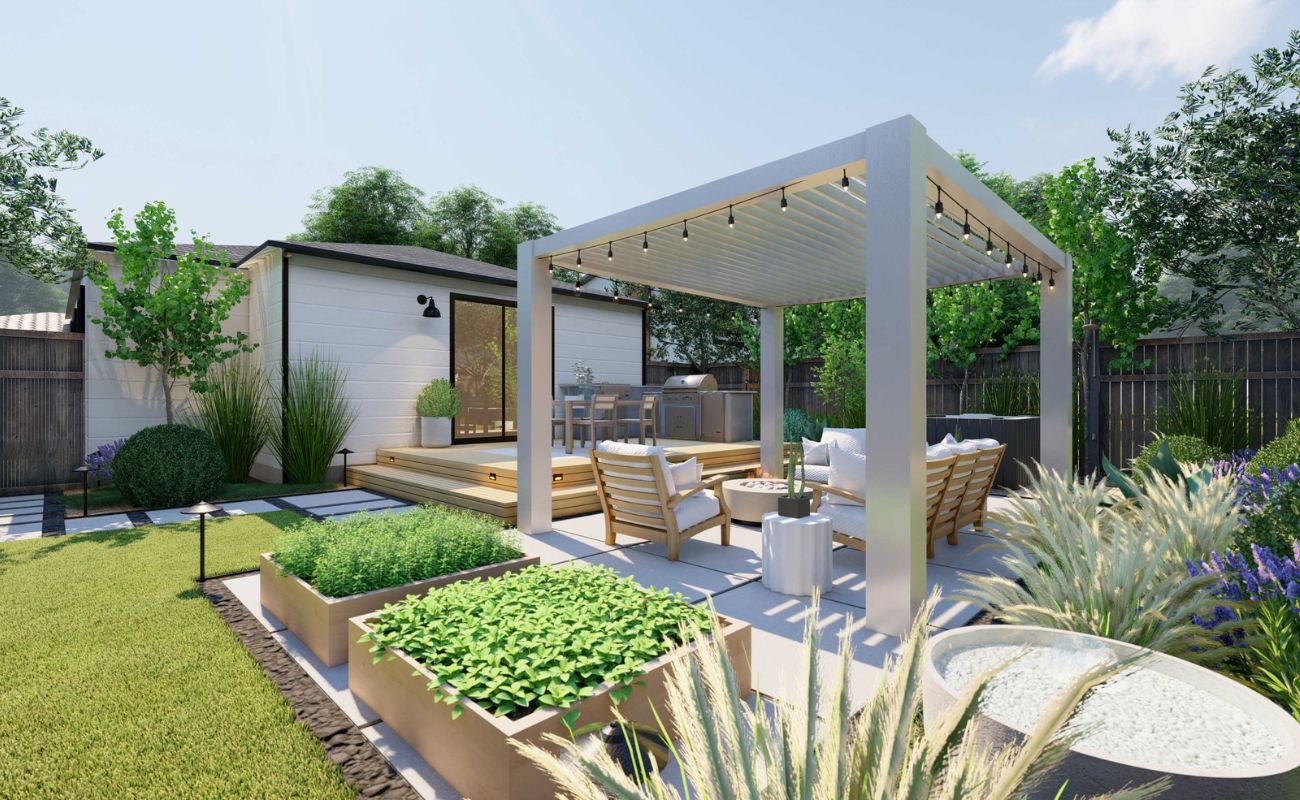



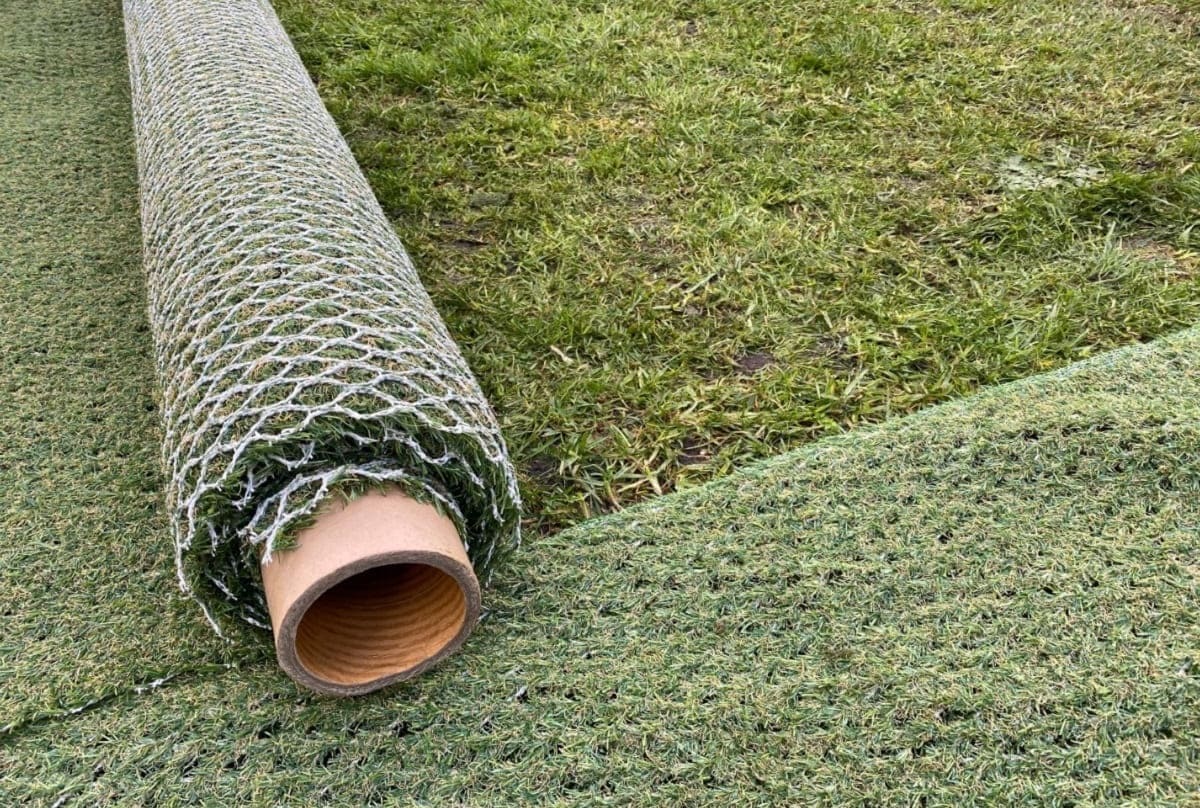
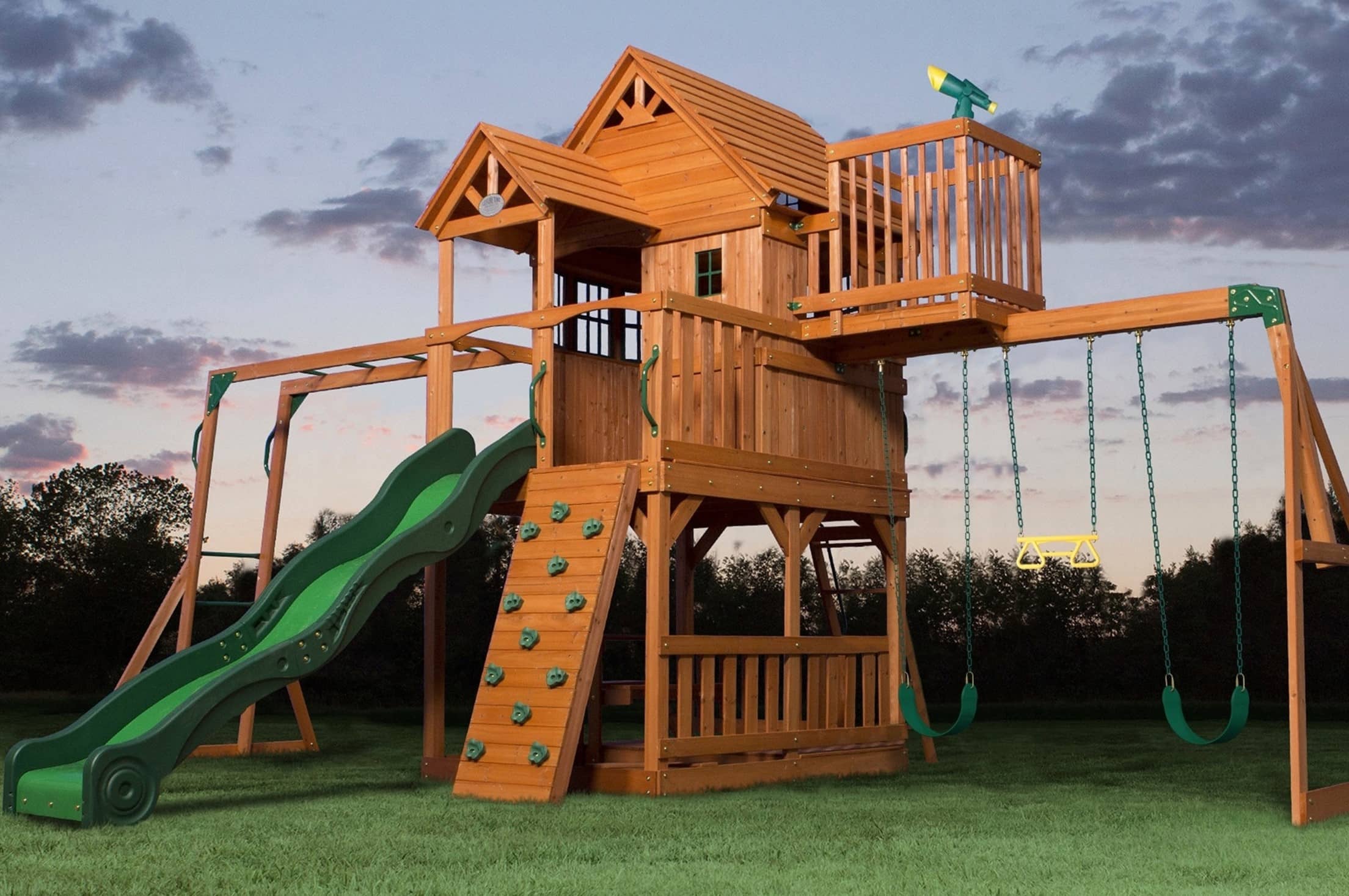
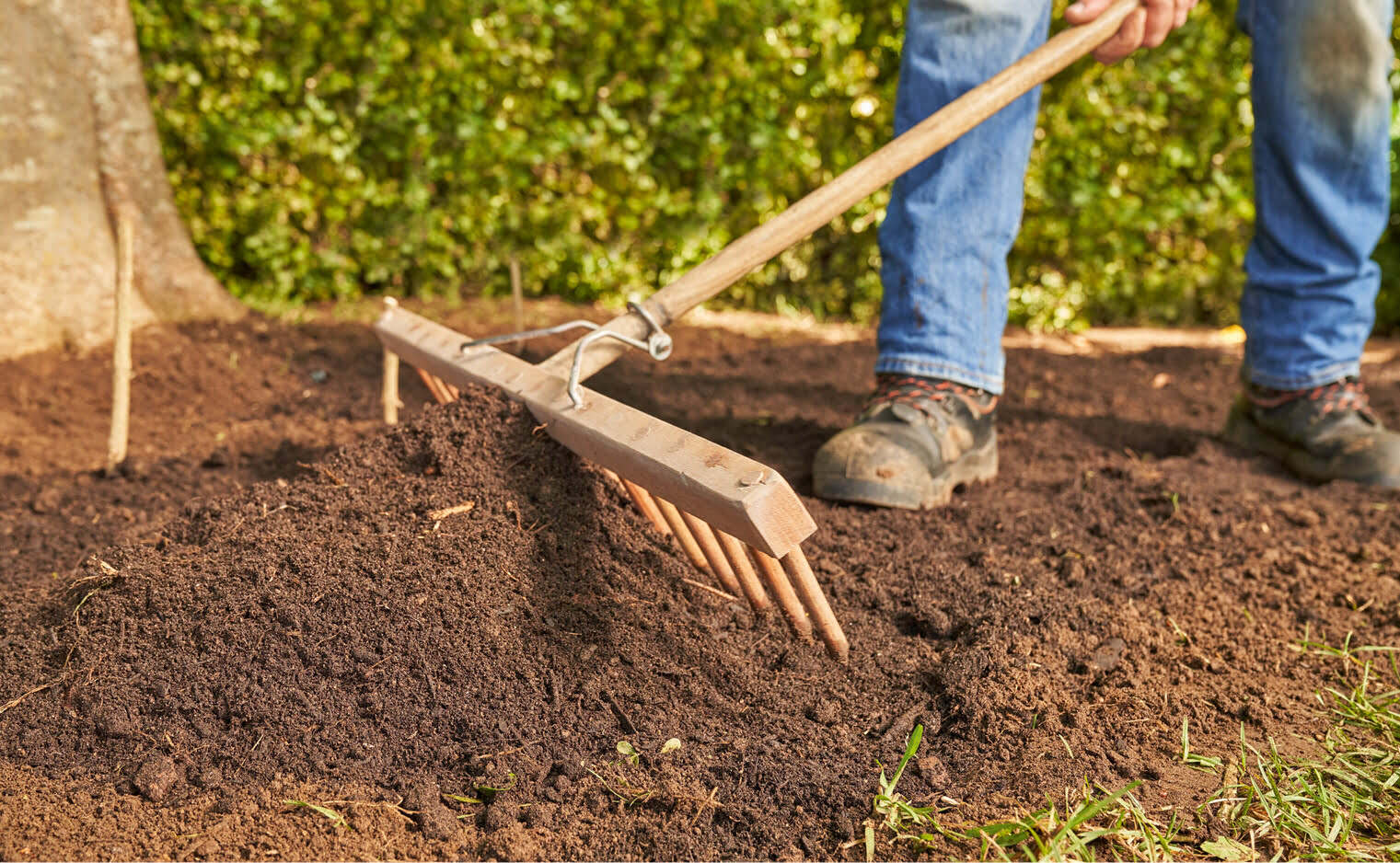

0 thoughts on “How To Cover Backyard Grass”